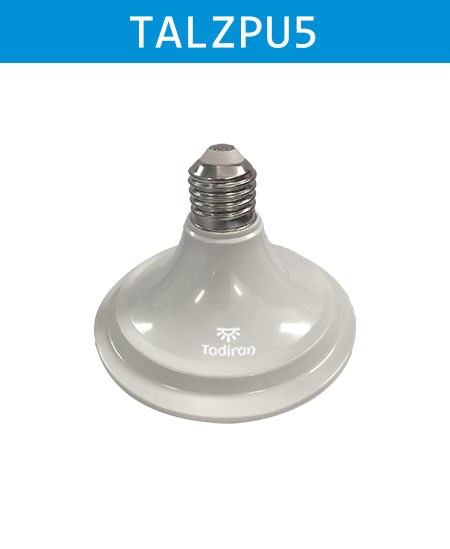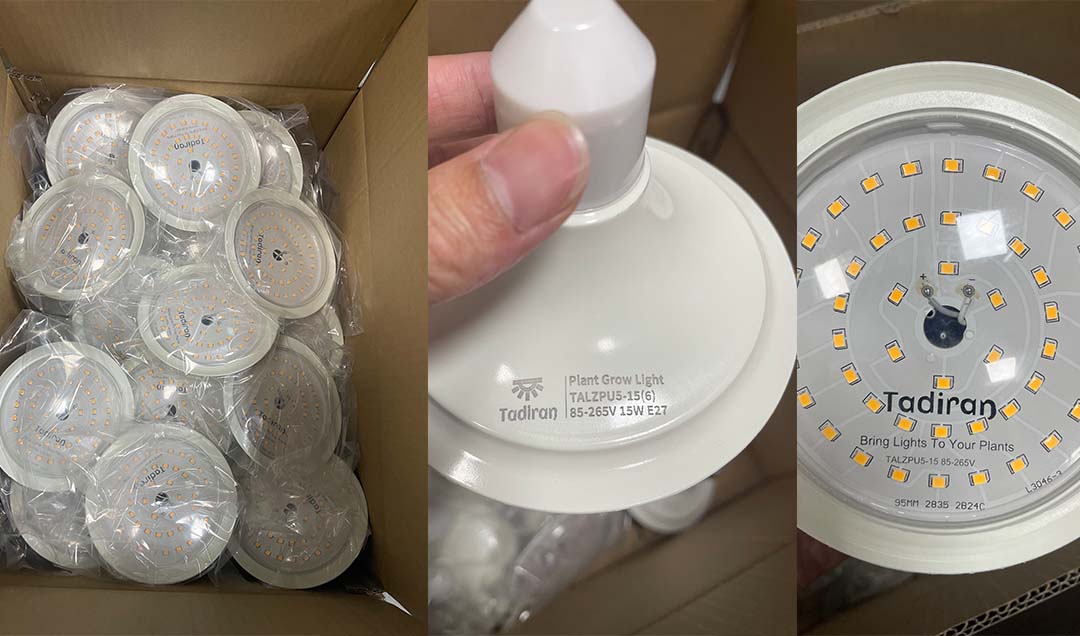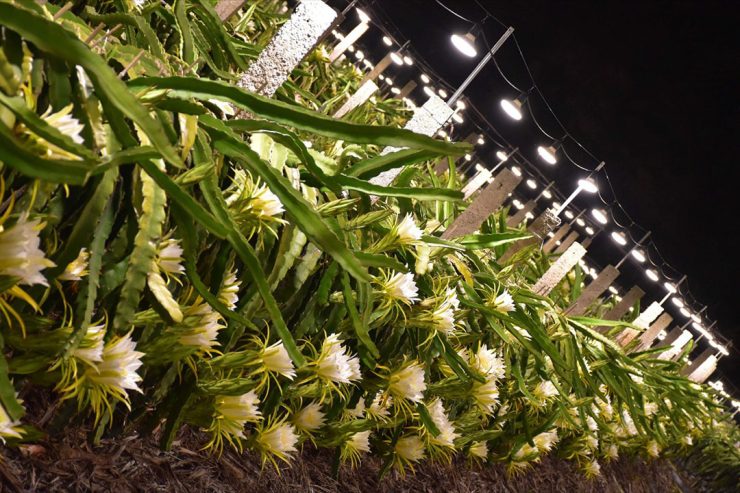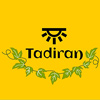— Tadiran Agricultural Technology Explores the Application and Value of Growth Lights (TALZPU5)

As a vital cash crop in tropical and subtropical regions, dragon fruit’s yield and quality directly impact farm profitability. In recent years, the widespread adoption of supplemental lighting technology has revolutionized dragon fruit cultivation. By precisely regulating light conditions, farmers can achieve staggered market entry, boost yield and quality, and significantly enhance economic returns. Below, Tadiran (TALZPU5) outlines the core technologies of dragon fruit growth lamps.

I. Core Principles of Tadiran Dragon Fruit Supplemental Lighting
Dragon fruit, a cactus species, is highly sensitive to light. During winter or cloudy weather, insufficient light can induce dormancy, delaying flowering and reducing fruit set. Supplemental lighting mimics solar spectra (e.g., red-blue light combinations) to provide optimal illumination at night or under low-light conditions, breaking dormancy, inducing flowering, and accelerating fruit maturation.
Research shows that a 3:1 ratio of red light (620-628nm) to blue light (455-465nm) creates the ideal spectrum for dragon fruit growth, enhancing photosynthesis and flower bud differentiation. For example, an orchard in Gaozhou, Guangdong, increased annual harvest batches per plant from 5-6 to 8 using growth lamps, achieving a 30% yield increase.
II. Economic Benefits and Case Studies
Guangxi Long’an Base: Tens of thousands of LED lamps create a “nighttime sea of lights,” boosting fruit sweetness, adding 2-3 annual harvest batches, and increasing total yield by over 20%. The site has also become a social media-famous tourist destination, achieving agricultural-tourism synergy.
Guangdong Zengcheng Orchard: Solar-spectrum lighting enabled 15-day earlier harvests, raising profits to $1,700 per acre and attracting over 10,000 visitors to its annual “Dragon Fruit Light Festival.”

Tadiran Recommendations:
Select energy-efficient Tadiran LED lamps (TALZPU5) suited to local climates.
Develop science-based lighting schedules aligned with production goals (e.g., spring/autumn timing).
Leverage year-round production to outpace competitors.


 A LED lighting manufacturer as well as professional OEM vendor with abundant export experience.
A LED lighting manufacturer as well as professional OEM vendor with abundant export experience.